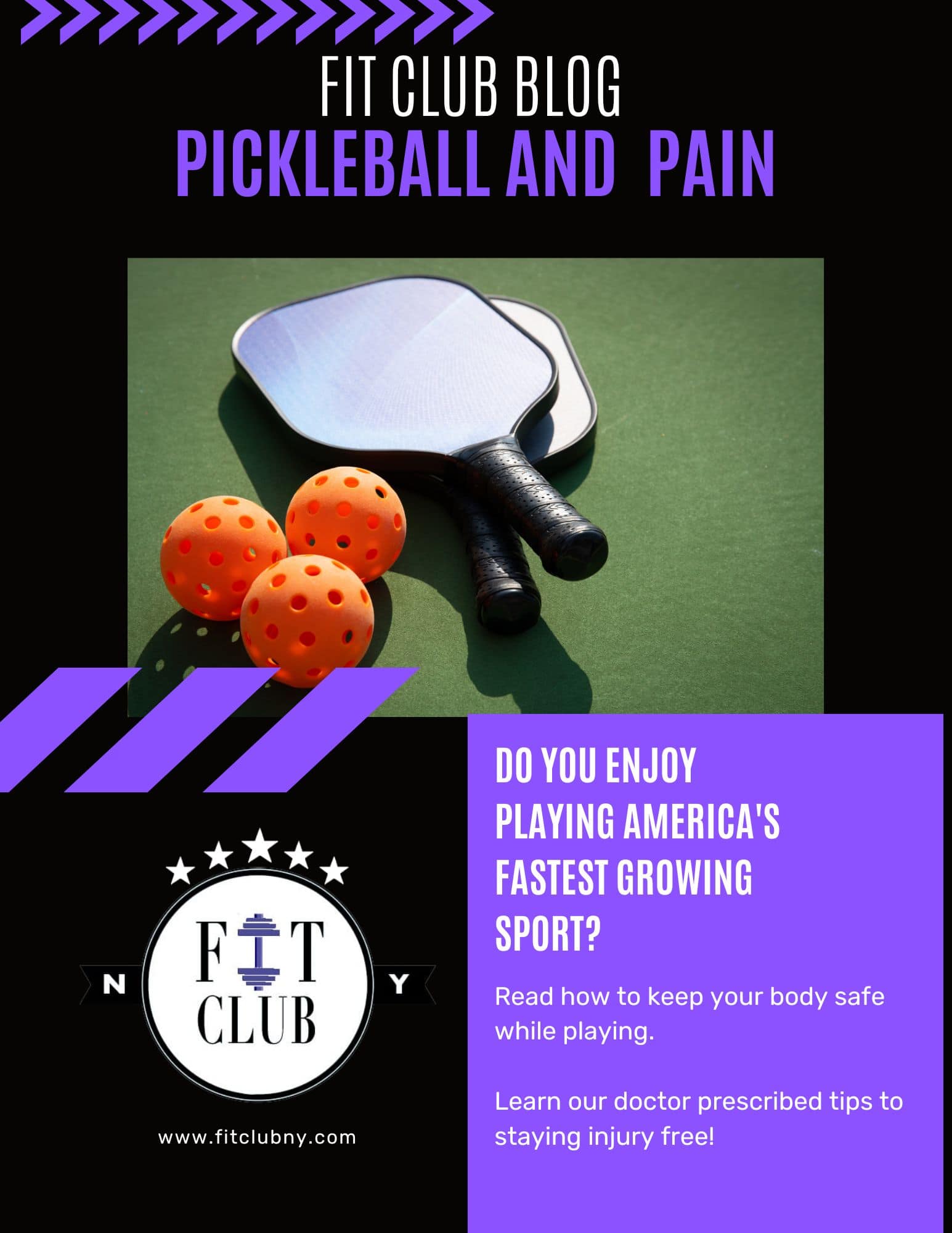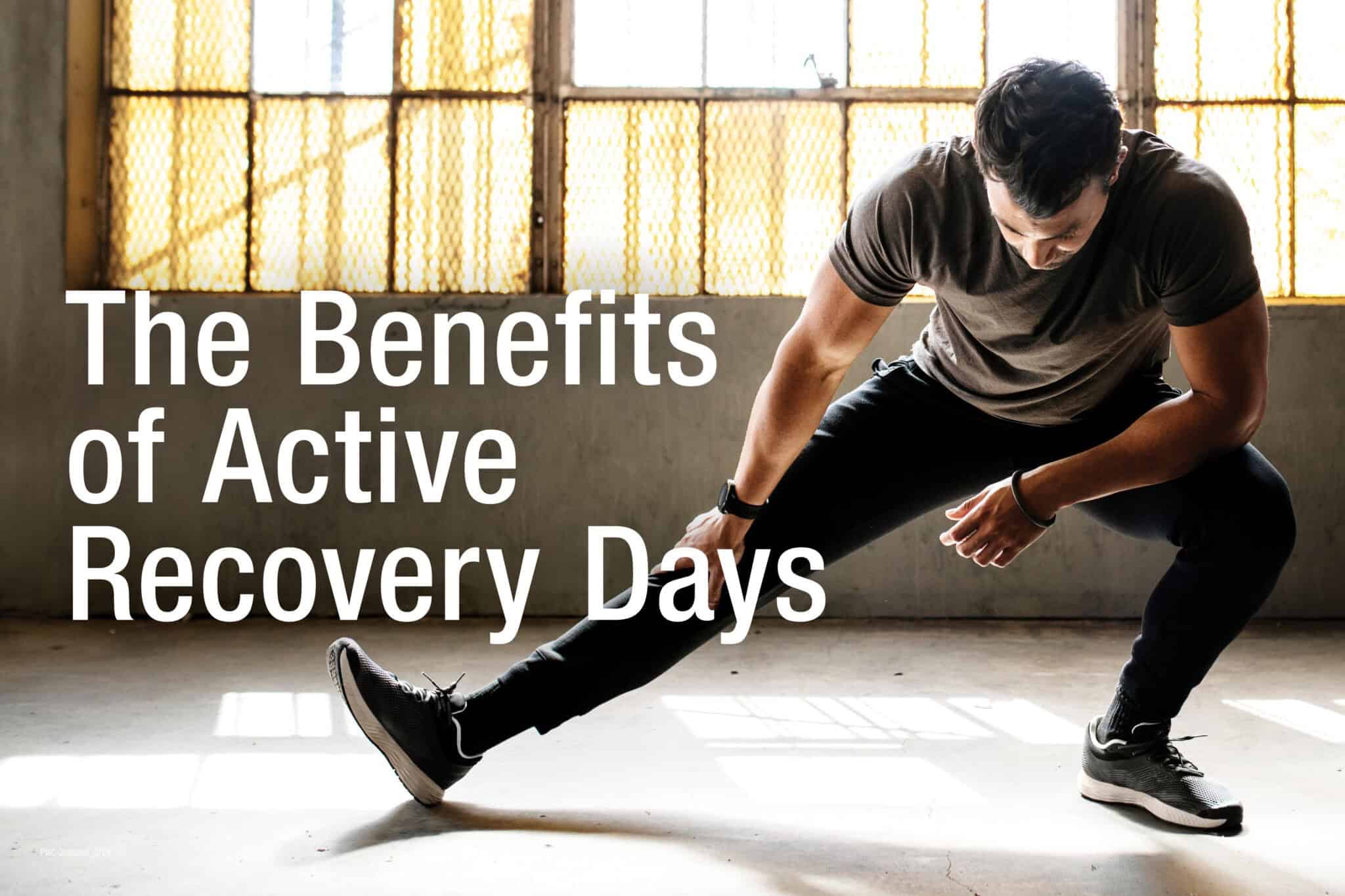Esports has grown significantly in popularity over the last few years. If you aren’t familiar with esports, it is the world of competitive, organized online gaming. Similar to regular sports, esports athletes face off in competition against other players from all over the country and world in tournaments, usually for a purse prize. Some of the more popular games are Fortnite, League of Legends, Counter Strike, Call of Duty, and NBA 2k. Millions of people observe each gamers’ performance and follow their favorite person through their online streams. Many people even attend a live gaming event to watch their favorite esports athlete compete!
In order to become really good at this type of games sport, it takes tons of practice. The average professional esports athlete plays video games for at least 9-11 hours a day! That is a ton of time usually spent long sitting and looking at a screen. As a physical therapist who specializes in helping athletes, this community is severely underserved. They spend just as much time practicing their skills as other professional athletes but don’t have the luxury of having a team of specialists on call to provide essential service to their physical and mental needs.
Fit Club aims to change the narrative on esports athletes by helping them incorporate more movement, more nutrients, exercise, endurance, and mobility into their daily routines! We have your health covered, and your concentration and reaction time in your sport are sure to improve. We recently started working with the team HYPE HORIZON to help improve their athletes’ physical and wellness needs!

Let’s take a closer look at three key areas of focus in this blog for esports athletes — Hydration, Ergonomics, and Musculoskeletal Injury Care.
Hydration
Hydration is paramount for esports athletes. Many gamers do not drink water or properly hydrate themselves on a daily basis. Without their knowledge or even being aware of this, they are affecting their endurance and performance, not to mention their health. Excessive thirst coupled with an intake of high-sugar, caffeinated, and sweetened drinks can lead to dehydration. Signs of dehydration include:
- fatigue
- dizziness
- dry mouth
- dark-colored urine
Dehydration coupled with excessive sitting can also lead to other things, such as the formation of a DVT. A DVT is also known as a deep vein thrombosis or blood clot in the leg. This can be very dangerous and life-threatening if not caught in time.
To combat this, esports athletes need to improve their water intake. They should be hydrating with at least 2-3 L/day of water or electrolyte-infused sugar-free fluids. Following these recommendations along with frequently getting up during gaming and online streaming will significantly reduce the chances of dehydration and developing any of the prior mentioned symptoms.
Ergonomics
If you are gaming/streaming for 9-11 hours a day, your setup is critical! An improper setup can place pressure and stress on different regions of the body–from the joints of the neck, upper back, and lower back, to the arms, shoulders, elbows, and wrists. Neck and back pain alone have been reported by 42% of all esports athletes! Just like traditional sports athletes, esports athletes need their bodies to compete so you can imagine any form of injury or pain can limit their performance at high levels or even their ability to perform at all!
You may not be aware of this but having a setup that helps assist the athlete with maintaining a neutral spine is key! When we are in a neutral position we aren’t placing added pressure on the structures that help control and move the spine. When we are in a flexed or extended position, we inherently are placing stress either to the front or back of the body. For the optimal position while gaming/streaming, athletes ideally should have their feet flat on the floor, screens roughly at eye level, and elbows bent to 90 degrees while playing. No leaning forward!
Check out the image below for an example:

Musculoskeletal Injury Care
The sedentary nature of gaming leads to musculoskeletal injuries if not properly addressed. Low back pain, thoracic spine pain, tight hamstrings, gluteal pain, cervical pain, shoulder impingement, and tennis elbow are just some of the common injuries faced by esports athletes. These are all orthopedic conditions that can be treated through physical therapy! Proper stretches, movement recommendations, and strength training and exercise programs can help esports athletes rehabilitate from these injuries when performed on a regular basis. They can even help prevent these injuries from happening!
If you are an esports athlete or team looking to elevate your health and fitness through nutrition, fitness training, or exercises to improve concentration, email or call us today for an initial consultation.


